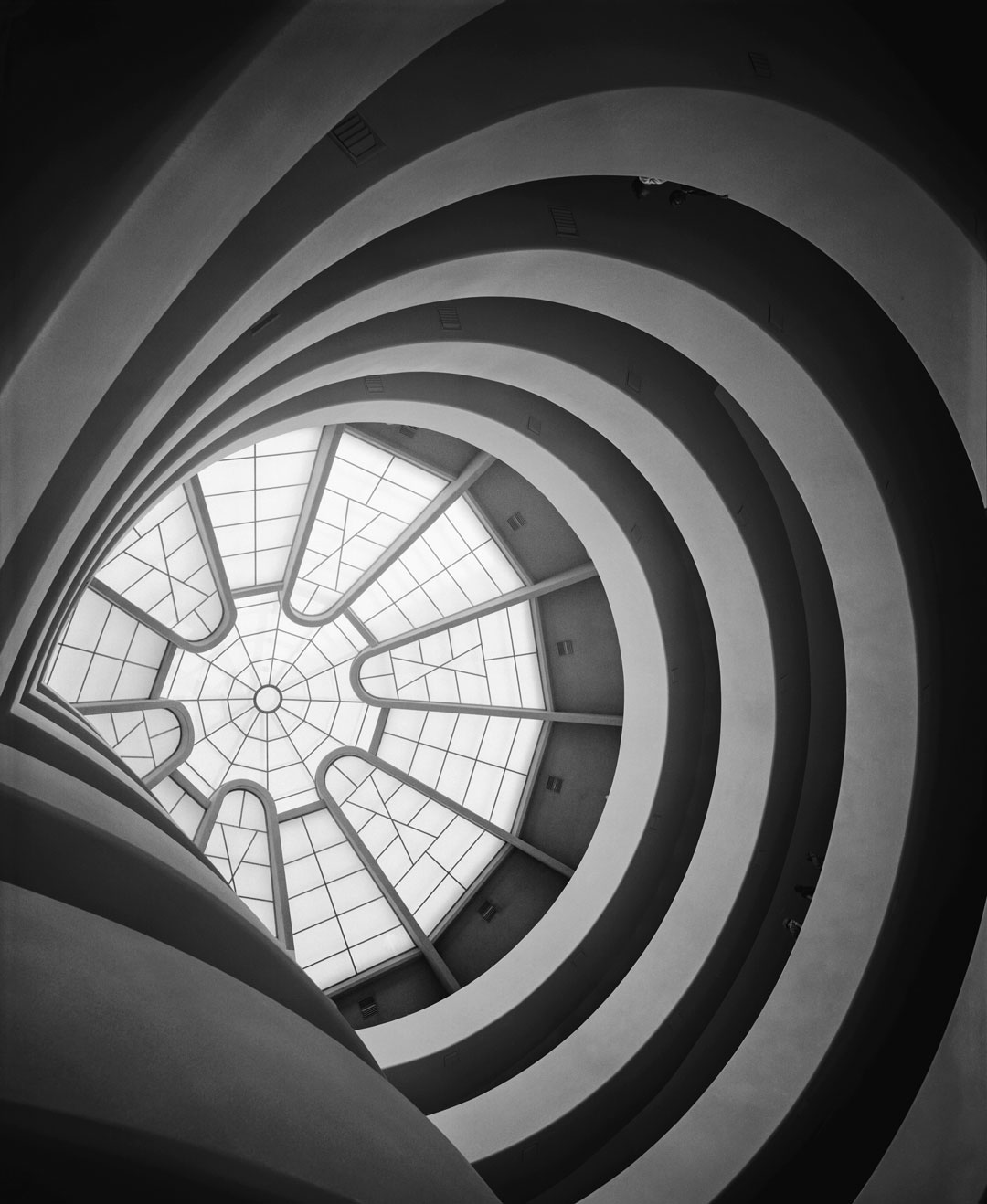
INTERVIEW: Pierluigi Serraino on the 'emotional intensity' of Ezra Stoller
The architect and author of our Ezra Stoller book explains why the photographer's archive took his breath away in this Christmas Long Read
Few of us will get the chance to head out to see Fallingwater in Bear Run, Pennsylvania, the Breuer House, in Lincoln, Massachusetts, or the Salk Institute, in La Jolla, California. Yet anyone with an interest in modern architecture will know the look and feel of these buildings, and may well have viewed them from the perfect vantage point, under ideal conditions, thanks to the photography of Ezra Stoller. Pierluigi Serraino certainly has. The Italian-born, California-based architect and author surveyed all of Stoller’s archive while working on his new book Ezra Stoller: A Photographic History of Modern American Architecture. Here he explains why he found the process so moving, how Stoller’s influence changed our built landscape, and why anyone with an interest in good taste should order a copy of this new title.
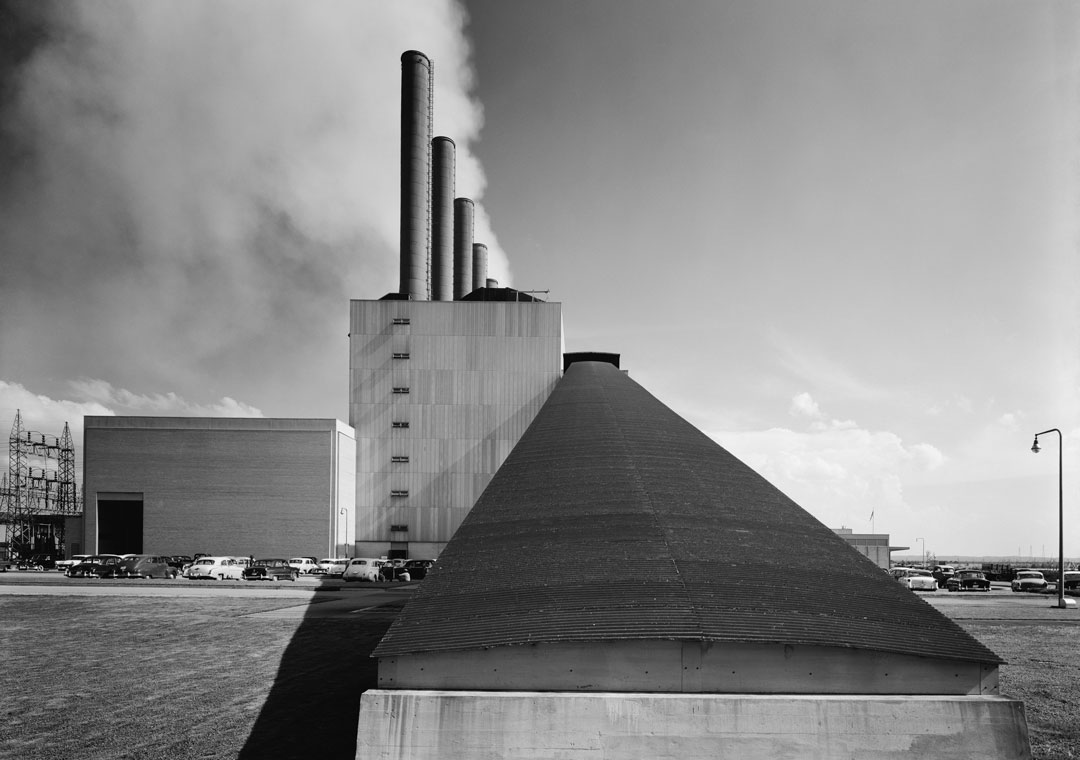
Why is Ezra Stoller so important a photographer? "Stoller in many respects, defined the way the 20th century looked in terms of American modernism. He was the spokesperson with his camera, communicating on behalf of a community that was avant-garde, to a wider audience. That way of seeing the world was entirely of his own invention. And he also became the lens through which things could be processed and publicised, through magazines and so on. When you bought the services of Ezra Stoller you bought a network of influences that he could trigger."
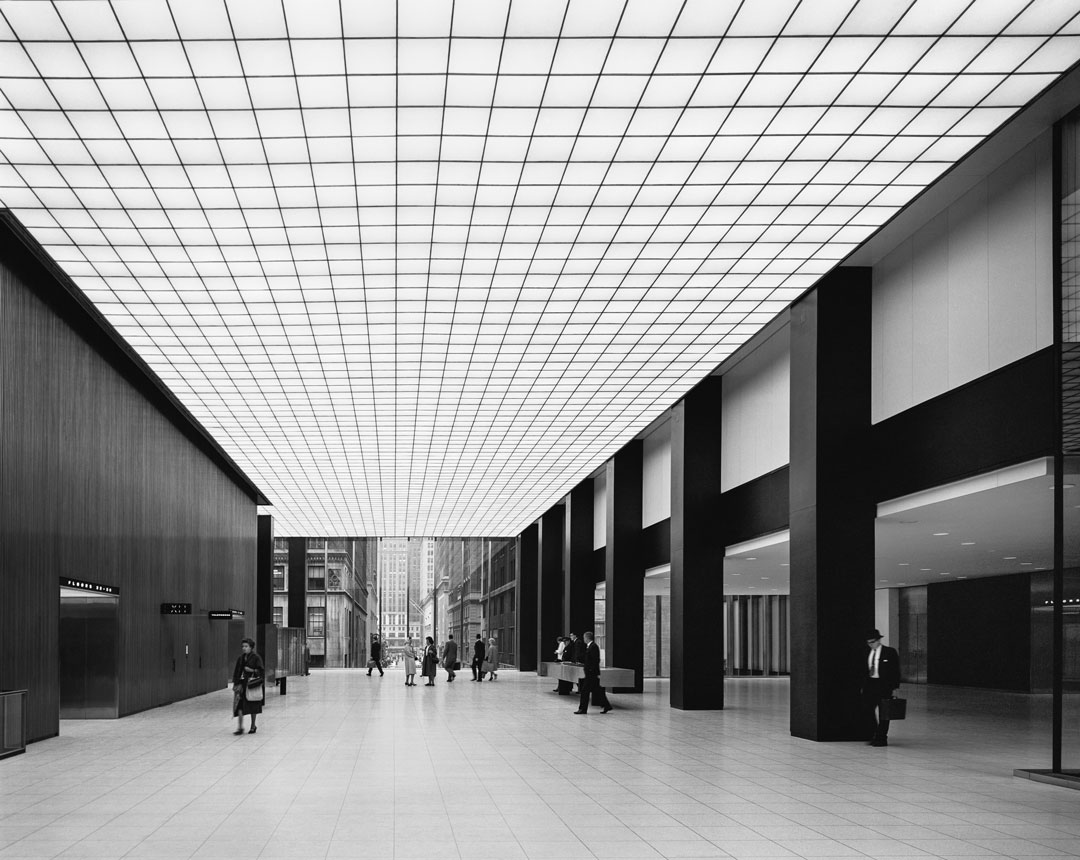
Was the period from the end of the war until the end of the 60s a golden one for architecture? "Yes, because we are still rehashing those themes, with more intelligent materials. We have computer technology, and we are doing these gimmicky things, with funky forms today, but very few buildings today will stand the test of time."
"Whereas, in the post-war period, there were, maybe, the highest number of those landmark buildings. There were a lot of buildings. Americans were spending a lot of money, and there was a move from the rural to the urbanised areas. However, there was also a true belief in the way that buildings could transform lives, emotionally, existentially. Everything was redesigned - from the coffee pot to the door knob. People recognise the degree of excellence in this period, the real estate market confirms it and, on Instagram, certain images explode. That’s not fake news, that’s the real thing."
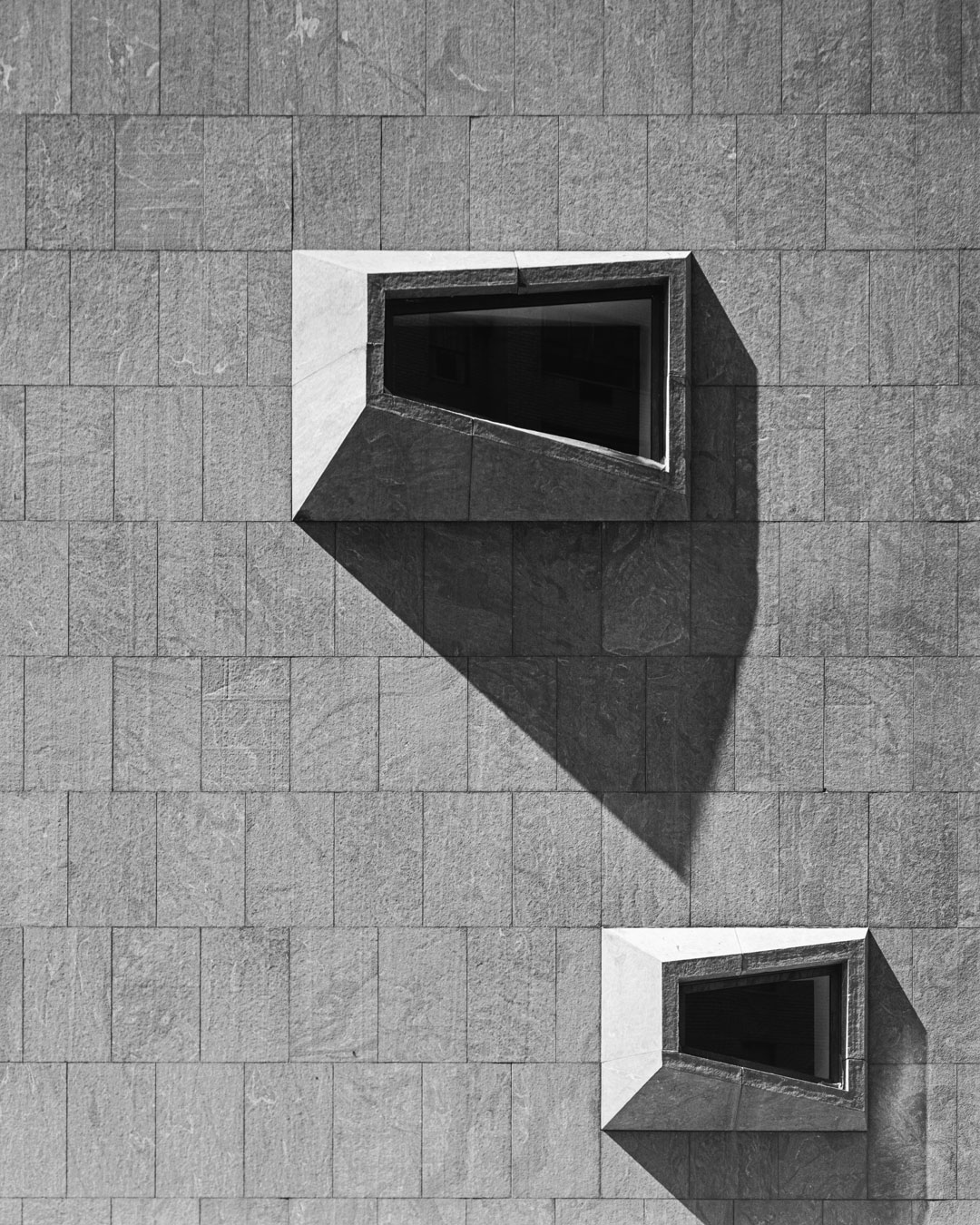
Does photography shape architecture? "Absolutely. There’s circularity between the representation and the production of architecture. Architects had a vision about their buildings, but not how to photograph them. In Stoller’s period, after the war, there was a surge in demand for photography; stories were told through images, in magazines, with captions. Stoller created a flood of new visions about the American way of life."
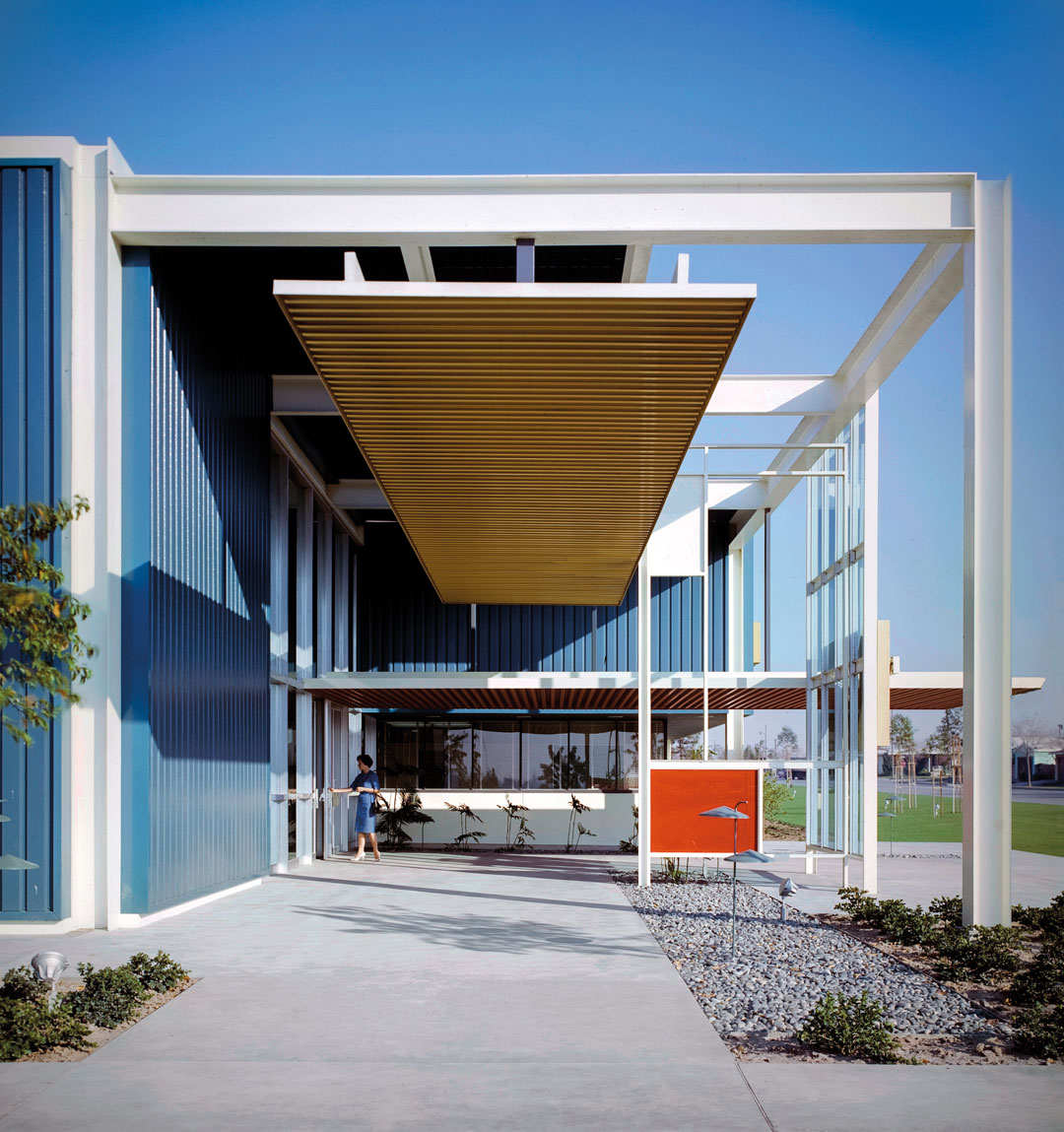
How does Stoller’s own vision fit into this movement? "Stoller’s images are not really fuelled by an idea of consumption, but more by the notion that modernism could improve the human condition; that is where his contribution is most profound. He really believed in it. It wasn’t a job for him. There’s a level of really amazing consistency of his work for which I wasn’t really emotionally prepared. He approached it with a rigor that’s chilling. There are very few dispensable images in Stoller’s work. Looking through the images, I was just gasping for air."
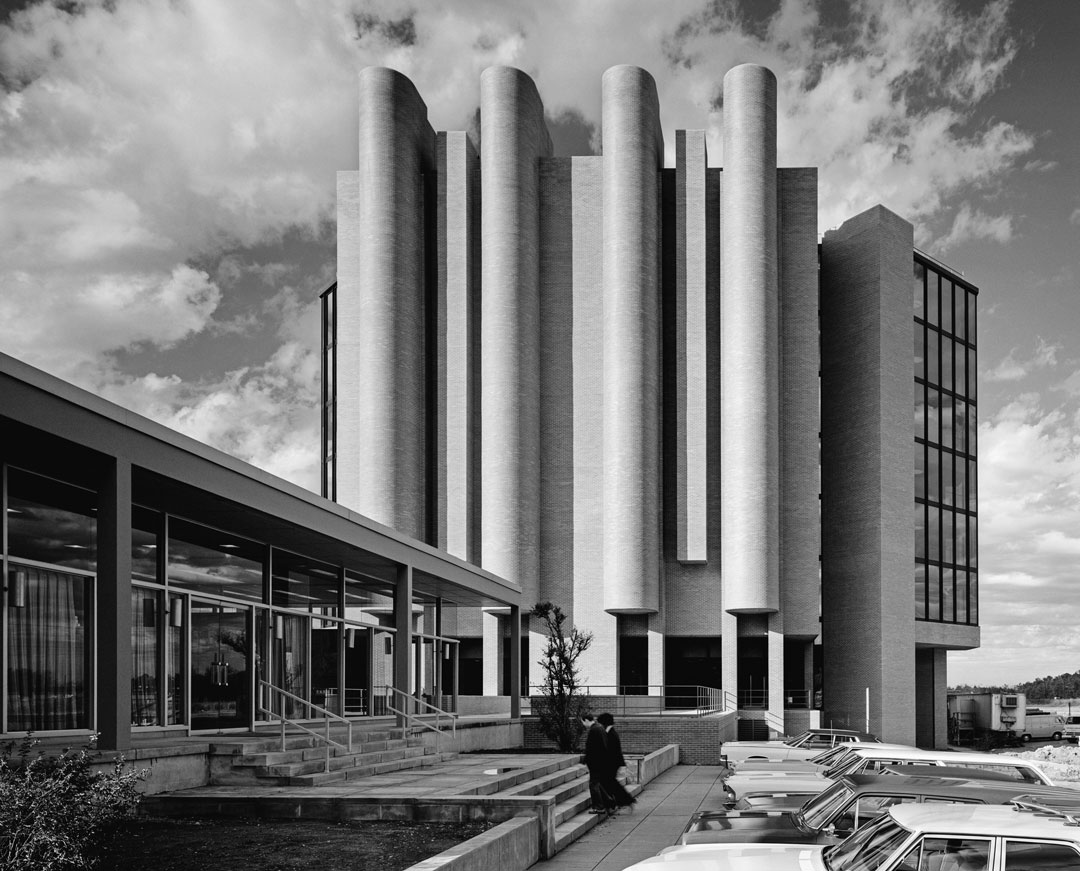
What were your initial feelings when you began work on the book? "The sheer number of images in his archive inspired awe in me and surprised me. All his pictures have been scanned, and I was given a huge hard drive. It was like the best Black Friday sale where you want everything; there were so many beautiful, jaw-dropping images. Writing this book has educated me; I don’t think I’ll have this experience again. There’s only one Ezra Stoller. That level of excellence comes from an extreme emotional intensity; he must have been a difficult person to deal with personally!"
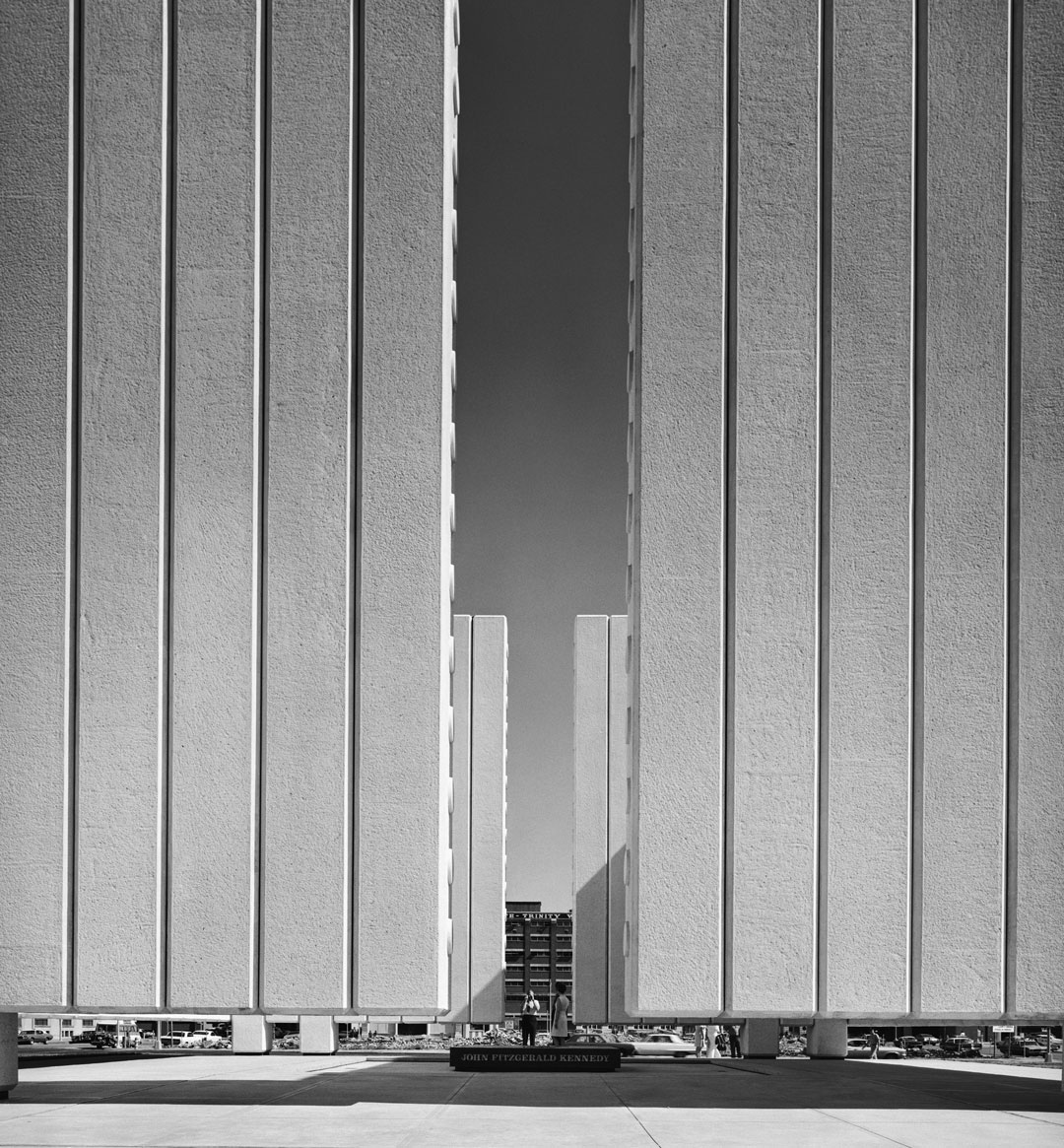
In your book you describe how his career went into decline at around the same time as modernist architecture faced its own crisis. How did this come about? "Around 1968, he went from doing hundreds of assignments, to around seventy. He had some health problems, but there was also a crisis of confidence in architecture, following the death of Le Corbusier in 1965, Walter Gropius in 1968, and Mies van der Rohe in 1969. This all coincides with the preservation movement, and a backlash against modern architecture. It was one thing to see these beautiful single-family homes in a meadow, but it's quite another to wipe out ten city blocks to make way for a freeway. That alarmed the general public and led to the vilification of modern architecture. Also, after this period architecture is generally less good. Mies was an exceptional architect, but his imitators were not. And because there was only one Mies, and many imitators, the world became full of Mies imitations."
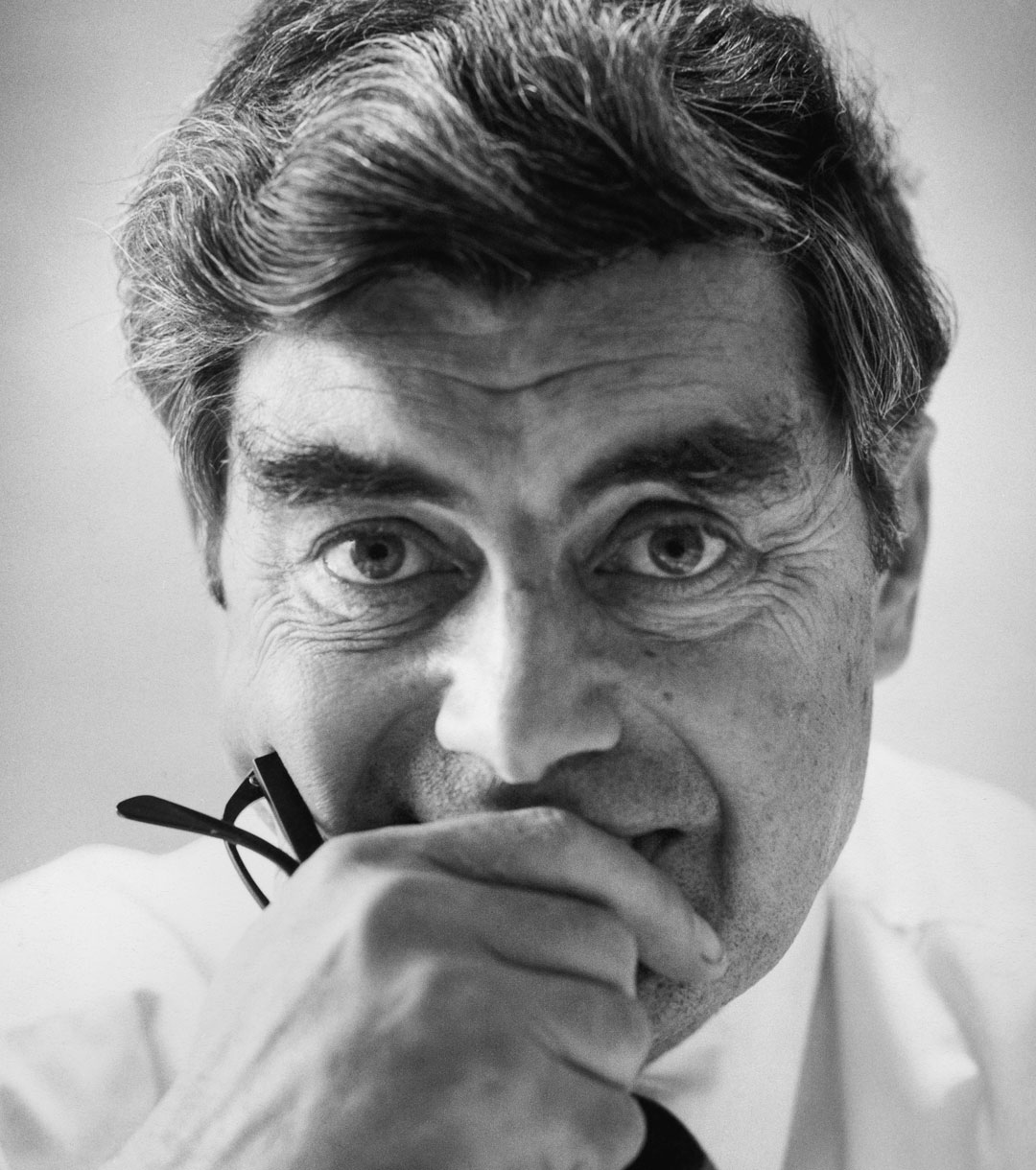
While the buildings around us have changed, Stoller’s pictures, of course, haven’t. Is it important that he caught these key buildings just as they were finished? "Yes. Buildings are subject to wear and tear in a way that fine art objects, such as photographs, are not. The Gioconda [Mona Lisa] has some patina, but it’s still as Leonardo painted her. Buildings are real estate, and vulnerable; photography captures the building at its inception, when it’s pristine; it in its best shape. It’s tight and beautiful and glimmering, especially in Stoller’s photographs."
"He always said he was a commercial photographer; he came from very meagre means and had to feed his kids, but he also had a sense of what is good and what is bad, without any moral connotations, from an aesthetic standpoint. I hope the book will bring some updated sense of beauty, because architecture has the capacity to do that. If you’re an architect, or if you care about taste, you cannot not have this book."
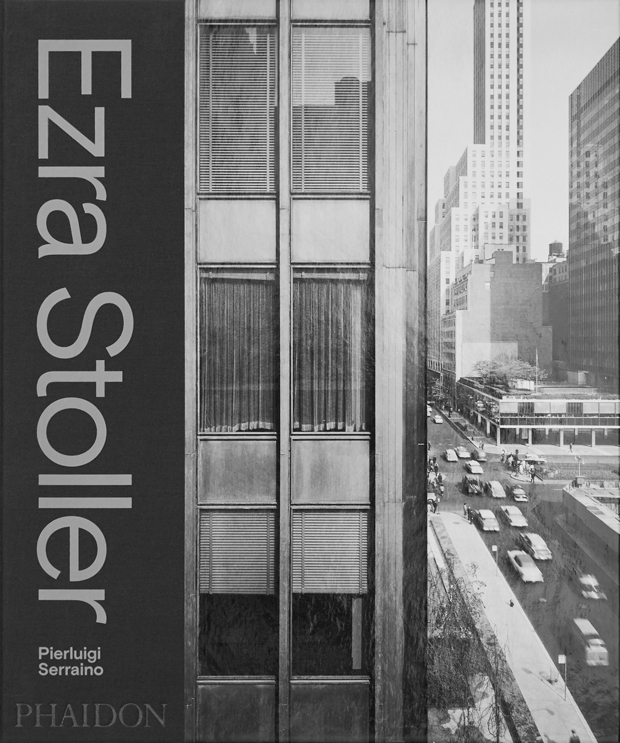
To order your copy of Ezra Stoller: A Photographic History of Modern American Architecture, go here.